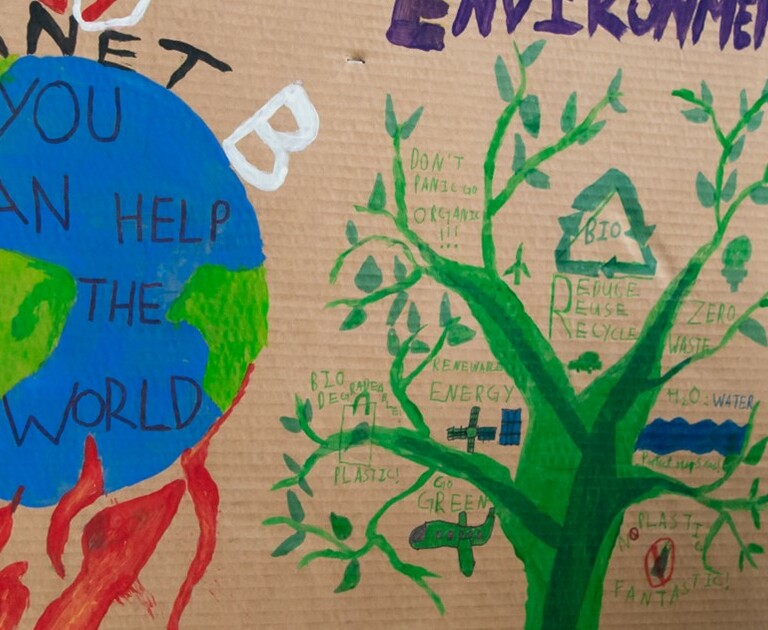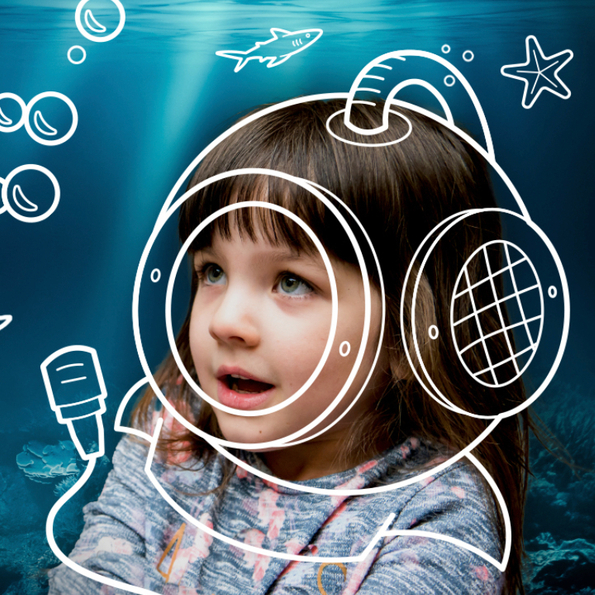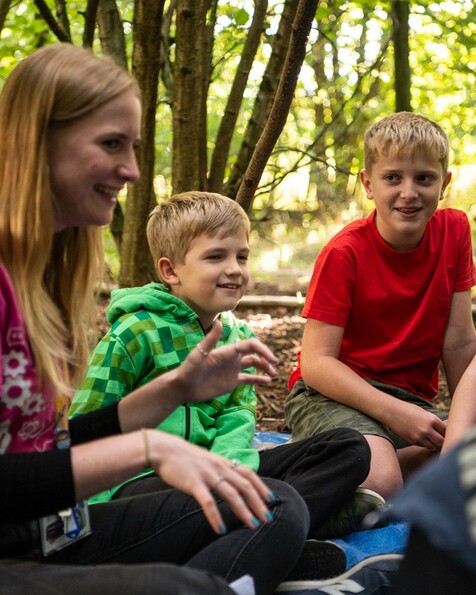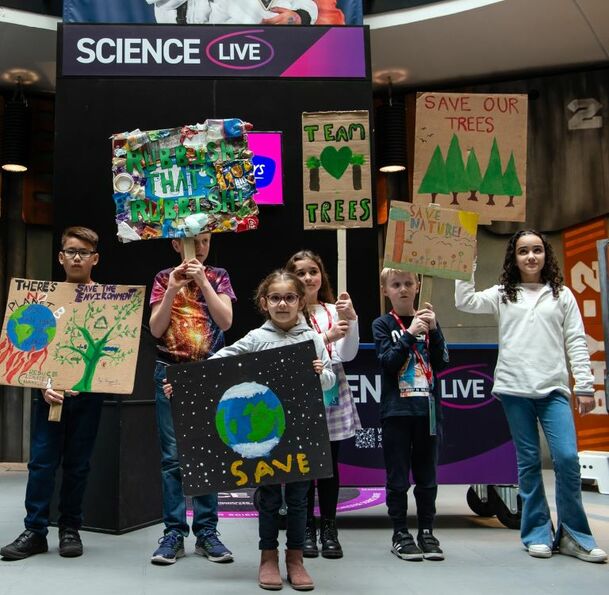What do the arts and science have in common? People often assume that science and the arts are separate subjects. Here at Wonderseekers, we are joining the conversation and discovering new ways science and the arts can be used together.
In the current debate, the arts are often described as creative, subjective, and fun. While science is described as factual, objective, and complex. This narrative causes a negative impact on science engagement as children believe that science is not for them because they are not smart enough.
What do science and the arts have in common? Storytelling. At the heart of both subjects is the need to tell stories. The arts are another way for people, particularly children to explore the issues raised by science. At Wonderseekers, we see value in the arts. Currently, we use the arts in various ways to communicate science to children. Our live science demos, science theatre shows, and the Planetarium are all creative mediums that produce a unique immersive science experience.
As we enter the next phase of our 2030 strategy, we are excited to extend the ways that we engage with the arts. One of these ways is through collaboration, which will enable us to communicate science with children. We have begun to collaborate with children through our Young Steering Group programme, which has been running for five years. The group, which is made up of children between the ages of six and twelve, play a crucial role in making sure that the Charity and the Science Centre is fun, inclusive, immersive, interactive and accessible. They help us to develop new and exciting exhibits about the things that children really care about.
Collaboration between scientists, science communicators, and artists is possible if everyone involved shares the same goal. The goal of the stories that Wonderseekers and our partners share is nurturing children’s curiosity and empowering them to use their voices. This is important to us because children’s opinions are often overlooked in conversations about science, nature, and the climate crisis.
We have worked with independent artists. One of the earlier projects was the Nature Word Wall. We collaborated with local artist and researcher Kay McCrann. In this project, children were asked to draw what the term nature means to them. The goal of this project was twofold. To encourage children to think about their personal connection to nature.
This is not the only time we’ve worked with Kay. Last year we joined forces, as part of our Bold Futures project, to tell the story of how children feel about climate change. Using creative techniques, such as mark making, children were able to visually express their thoughts on outdoor spaces and come up with ideas for their ideal green spaces.
Through art, Wonderseekers can make a big and sometimes scary scientific problem more digestible for children. We are excited to continue working with art organisations, researchers, and artists like Kay on future projects. If the arts and science work together, we will be able to engage in an inclusive conversation that places children centre stage. We believe this is necessary to make a positive impact on the planet and our future.
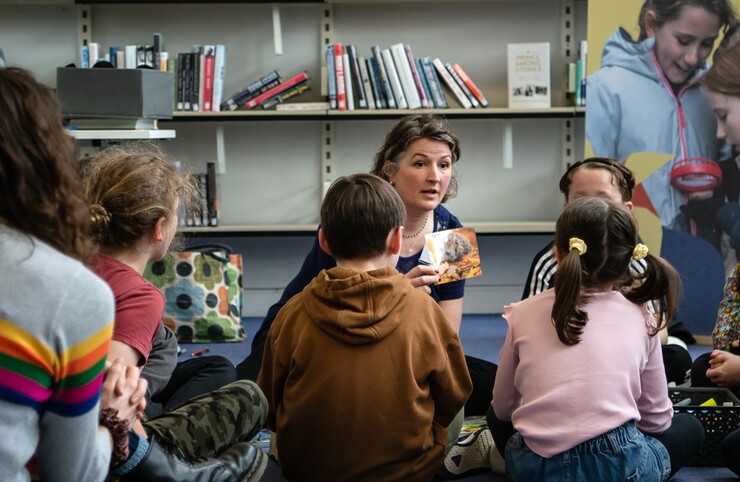
Kay McCrann encouraging children think about nature through group conversation.
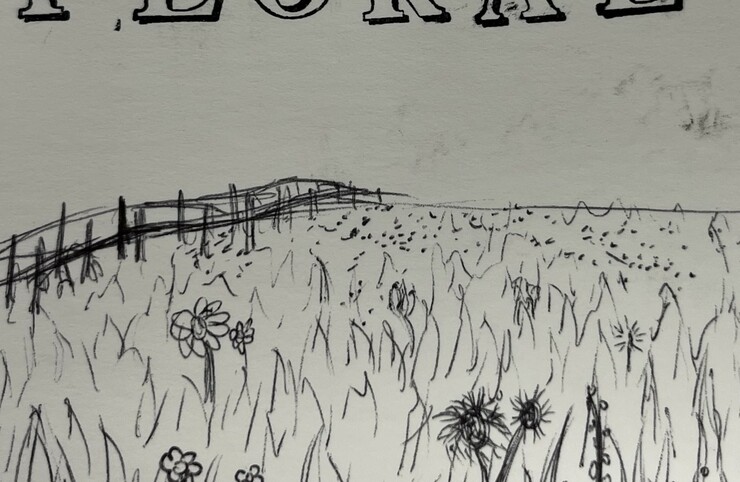
One of the drawings created as part of the Nature Word Wall. This was a response to the prompt "what do you think of in your head when someone says the word Nature?". The children involved, were offered a variety of art materials to use including pens, pencils, paint and stampers.
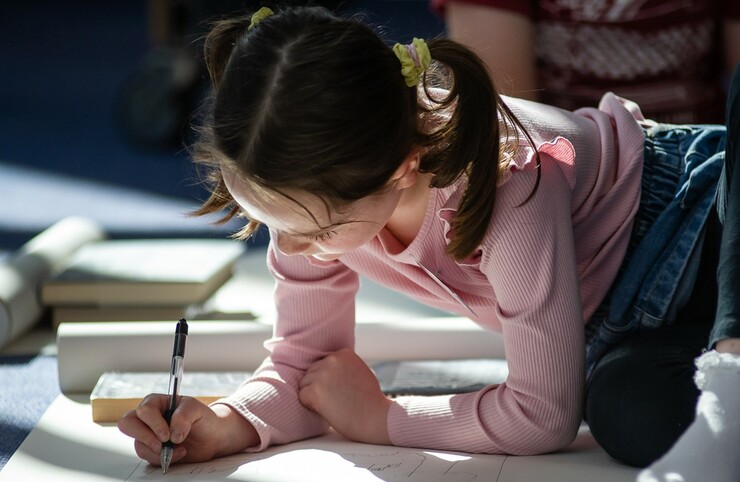
A child drawing as part of Bold Futures. The theme of this exercise was 'living in Leigh Park Estate' or 'life as a young carer'. Children were given a variety of prompts to inspire their drawings. Ranging from drawing the weather they experience in their everyday lives to how they feel about living in Leigh Park or being a young carer.
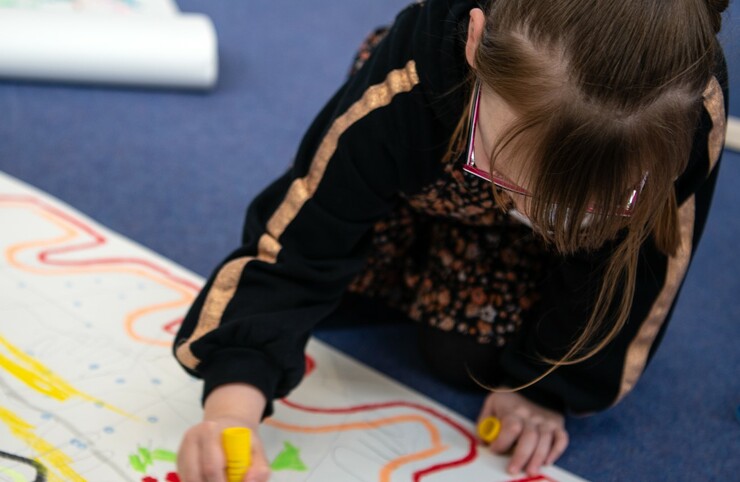
Also part of the Leigh Park/young carers exercise, children were given prompts to draw the animals and places in their lives. Some children chose to respond to the prompt 'what worries me about the environment?'.
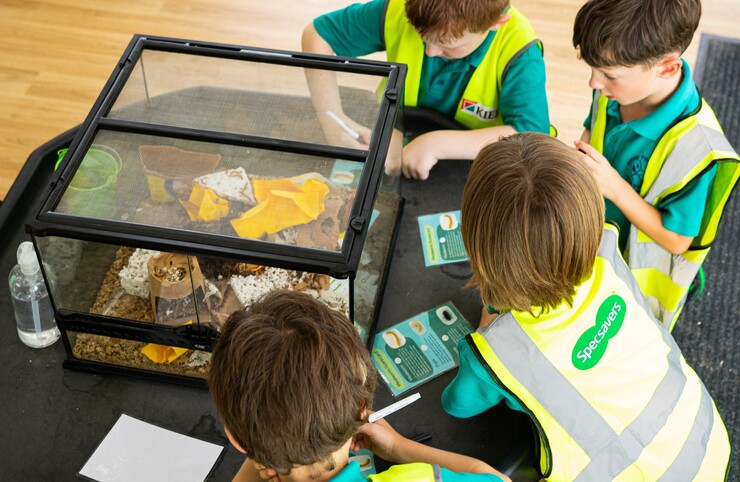
Children looking at mealworms in Bio:Space as part of our nature workshop.
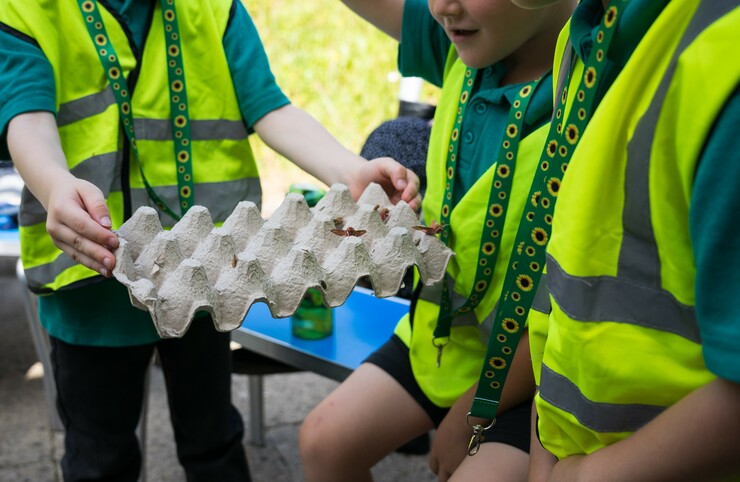
Children looking at a moth trap as part of our nature workshop.

